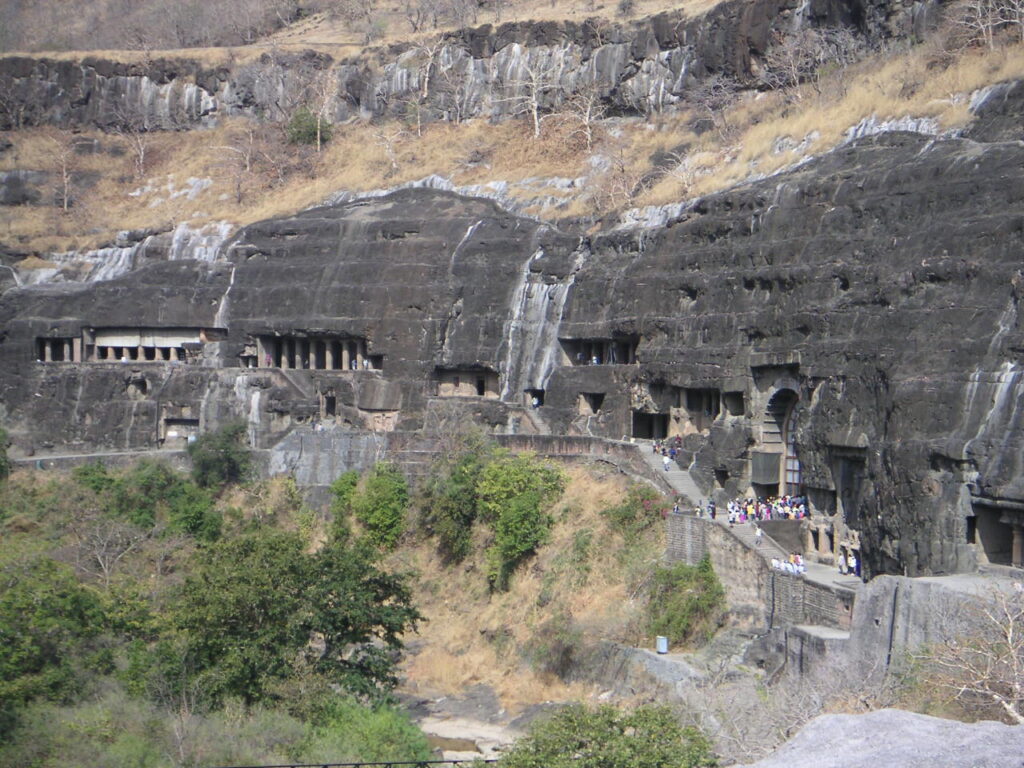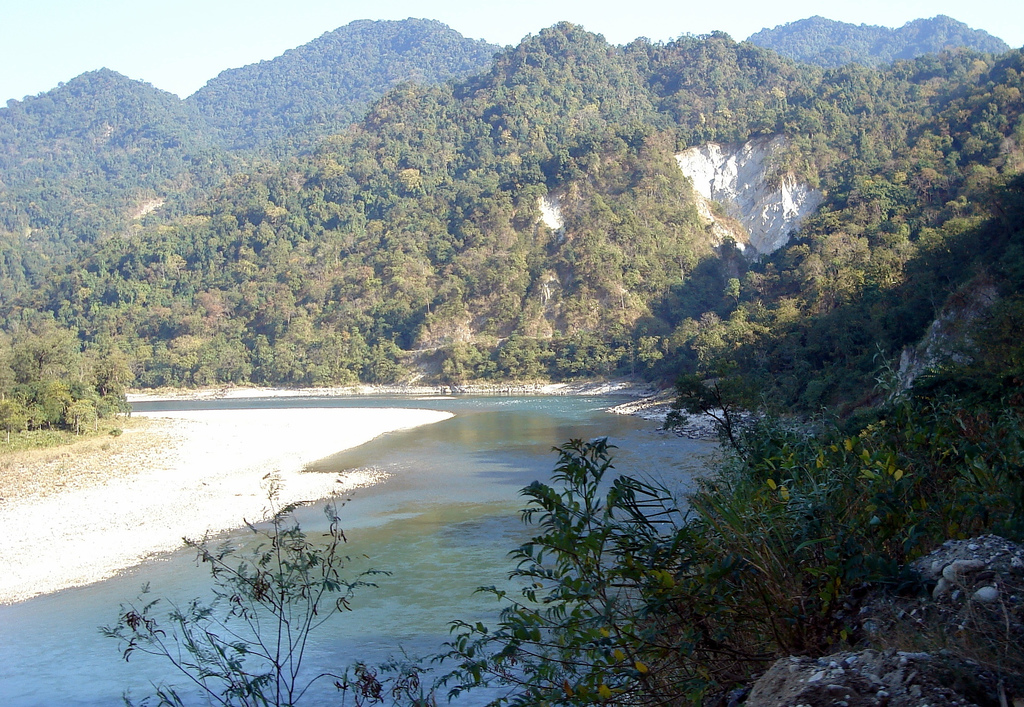Nutty Putty Cave, a notable spelunking site in Utah, USA, is renowned for its intricate labyrinth of narrow passageways and its tragic history. Discovered in 1960 by Dale Green, Nutty Putty Cave quickly became a popular destination for recreational cavers and spelunkers due to its challenging and adventurous underground environment. The cave is located in Utah County, near the town of Elberta, and features a maze of tight squeezes, twists, and turns, making it a thrilling, yet dangerous, exploration site.
Geology and Layout Nutty Putty Cave
The cave is primarily composed of chert, a hard, sedimentary rock, which has created an array of challenging passages. Nutty Putty Cave extends approximately 1,400 feet in length and features a vertical extent of about 145 feet. The cave’s most famous sections include “The Birth Canal,” “The Scout Eater,” and “The Maze,” each offering unique and strenuous spelunking experiences. “The Birth Canal” is particularly notorious for its extremely tight passage that tests the limits of even the most experienced cavers.
Early Exploration
From its discovery, Nutty Putty Cave attracted numerous enthusiasts eager to navigate its intricate network. The cave’s complexity and the physical demands it imposed made it a rite of passage for many local spelunkers. Over the decades, the cave saw thousands of visitors, each drawn by the allure of its tight passages and the camaraderie among the spelunking community. However, its popularity also brought a heightened risk of accidents and rescues.
Safety Concerns and Incidents
The inherent risks of exploring Nutty Putty Cave became increasingly evident over the years. The tight, often claustrophobic passages and unstable sections of the cave posed significant dangers. Several incidents and near-misses underscored the need for stringent safety measures and better education for cavers.
One of the most notable incidents occurred in 2004 when two Boy Scouts became trapped in the cave. The rescue operation was successful, but it highlighted the potential dangers and the difficulty of extricating individuals from the cave’s narrow confines. Following this incident, the cave was closed temporarily to reassess safety protocols and implement stricter guidelines for future explorers.
The 2009 Tragedy
The most tragic and widely publicized event in Nutty Putty Cave’s history occurred in November 2009. John Jones, a 26-year-old medical student, ventured into the cave with his brother and friends as a recreational outing. During the exploration, Jones became stuck in an uncharted section of the cave, a tight, vertical passage now known as “Bob’s Push.” Despite extensive rescue efforts involving over 100 rescuers, Jones remained trapped for over 27 hours. His position, combined with the cave’s tight confines and the difficulty of accessing the location, rendered the rescue efforts futile. John Jones tragically passed away from cardiac arrest due to the physical stress and his inverted position.
Aftermath and Closure
John Jones’ death had a profound impact on the spelunking community and local authorities. The tragedy led to the permanent closure of Nutty Putty Cave in 2009. The cave’s entrance was sealed with concrete, and a memorial plaque was installed to honor John Jones and serve as a somber reminder of the cave’s dangers.
The closure of Nutty Putty Cave marked the end of an era for many cavers who had considered it a significant part of their spelunking adventures. It also sparked discussions about cave safety, the importance of proper training, and the responsibilities of both cavers and authorities in preventing such tragedies.
Legacy and Lessons
The legacy of Nutty Putty Cave serves as a cautionary tale in the spelunking community. It underscores the need for rigorous safety protocols, thorough preparation, and the recognition of the inherent risks involved in cave exploration. The incident with John Jones has been studied extensively, leading to improved rescue techniques and better safety measures for caving activities worldwide.
Moreover, Nutty Putty Cave has become a symbol of both the adventurous spirit and the potential perils of spelunking. While the cave is no longer accessible, its story continues to be shared within the caving community and beyond, serving as an educational tool and a poignant reminder of the delicate balance between adventure and safety.
Conclusion
Nutty Putty Cave, with its complex network of narrow passages and its rich history of exploration, remains a significant site in the world of spelunking. The tragic events of 2009 have left an indelible mark on the cave’s legacy, highlighting the need for caution and respect when exploring such environments. As the caving community continues to honor the memory of John Jones, Nutty Putty Cave stands as a testament to the enduring human spirit of exploration and the ever-present need for vigilance and preparedness in the face of nature’s challenges.






